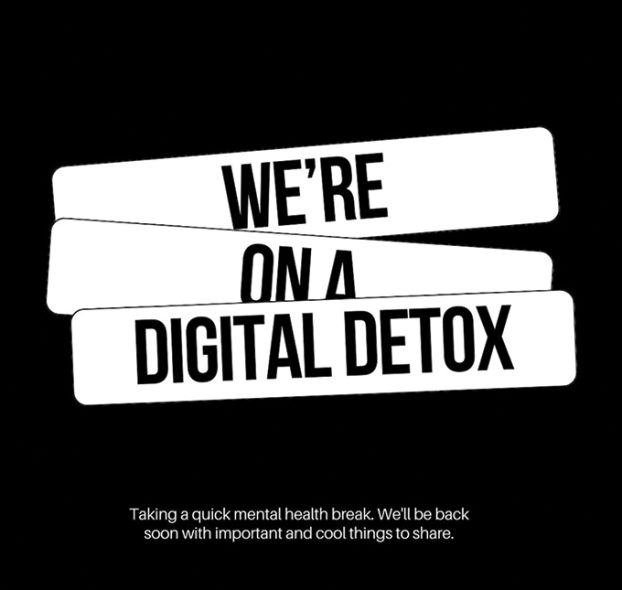By Cameron Wykes
When the first touch-screen smartphones and tablets came out, the world was in awe. Being able to touch and interface directly without an intermediary device like a mouse or track pad made the interaction between human and machine much more intuitive.
Though not the first to market with a touch-screen interface, Apple’s first iPhone, which launched in 2007, brought the world of haptic interaction to the masses.
“Haptic” is really a reference to any type of tactile feedback between the technology and the user – in other words, anything you have to touch to manipulate.
Looking forward from 2007, we’ve seen touch-screen technology grow in physical size, with the emergence of tablets and touchable laptops and desktop displays, but not much else has come to light to take the touch-screen to the next level. Haptic has, until now, been relatively straightforward: use your hands, control a screen.
So how does it work?
On the most basic level, haptic interaction requires two key elements – the human and the machine. The brain on the human side interprets what it senses, in this case, what the hand/fingers touch. Electrical signals travel to the brain and the brain figures out what the fingers are touching.
This is where the cool tech comes in. Patent filings and CES demonstrations are abound with a new technique of adding an electrified piezoelectric layer (or electrostatic field) under the top layer of your smartphone or tablet screen, that provides a localized electric charge. This essentially fools your brain into thinking your fingers are touching actual materials of varying density and texture. For example, as you browse, say, silk fabrics, the phone sends a light pulse through the tip of your finger to trick your mind into thinking it’s actually touching silk.
Finland- and China-based Senseg is leading the charge (pun intended) to fundamentally bring “feeling” to touch-screen interfaces. Founded in 2006, Senseg is currently working with Toshiba and Android device makers to bring their touch technology to market.
Apple and Disney Research Labs are also looking into the space, with Apple having filed a patent back in March 2012 to create the feel of buttons and sliders in a version of its iPad – all virtually of course. Disney Research Labs is farther ahead than most with this type of haptic touch-screen interaction, applying the technology to a number of still images and video-based interaction experiments by creating friction with these same electric pulses. Disney Research Labs claim the technology could be used in real time – meaning a phone or tablet could be pointed at an object, and the system would be smart enough to interpret the shape to create the texture. (It’s also experimenting with how air can stimulate objects.)
[iframe_youtube video=”zo1n5CyCKr0″]
So where’s the opportunity for marketers?
Picture browsing the art of the Louvre online, and being able to feel the texture of the paint on the canvas of the Mona Lisa. Considering Mona has been under bulletproof glass since the ’70s, this one experience would be truly unique for art lovers the world over.
Institutional-based learning could benefit greatly by adding the ability to learn through touch. How many kids have seen a scorpion or a snake online but never had the chance to touch one to see how its scales or shell feel? The most exciting part of this technology, for me, is how this will make touch-screen technology much more accessible to the visually impaired.
Or consider fashion and retail shopping: haptic touch display technology could bring the tactile experience of touching fabrics and materials to the online shopper. Imagine feeling the leather through your computer screen before you buy that bag.
Content developers can add that additional element of touch to their images and videos online to create a greater sense of engagement and specialization, bringing a new dimension in realism, something that could really relevant as more brands seek to bridge that digital/real life divide.
Right now, the technology is still in its infancy, but like most tech, it’s moving fast. And if Apple ever does get the haptic display onto a future iPad, then it’ll be a huge opportunity for marketers and advertising agencies.
 Cameron Wykes is the chief invention officer of KBS+ and president of its digital division, Babyrobot. Kbsp.com
Cameron Wykes is the chief invention officer of KBS+ and president of its digital division, Babyrobot. Kbsp.com























